Developments in foreign currency hoarding and exchange rate pressure
Although the USD is showing a weakening trend globally, the USD/VND exchange rate is under increasing pressure due to many factors. According to experts, global economic instability, domestic management policies, shifting market expectations, and the structural characteristics of the Vietnamese economy are creating significant fluctuations.
In particular, foreign indirect investment capital tends to withdraw from the domestic market to seek markets with higher interest rates, contributing to increasing pressure on exchange rates.
Mr. Nguyen Quang Huy, CEO of the Faculty of Finance and Banking, Nguyen Trai University, commented that the increase in the USD/VND exchange rate came from both domestic foreign currency supply and demand factors and US trade policies. The demand for foreign currency payments increased sharply in the first four months of the year, when imports recovered faster than exports, pushing up the demand for foreign currency dramatically.
At the same time, the psychology of hoarding USD and gold by a number of businesses and investors, with the aim of hedging against exchange rate and inflation risks, is causing foreign currency liquidity to narrow in the short term.
This has led to the exchange rate on the free market increasing faster than the exchange rate at banks. Currently, the USD price on the free market has exceeded 26,200 VND/USD, while commercial banks list the selling price at around 26,100 VND/USD.
In fact, many businesses are concerned about the risk of exchange rate fluctuations, so they have proactively stored USD to pay for orders. An import business shared: “Businesses have to convert from VND to USD to pay for goods, the difference between buying and selling is already a loss. Since 2024, the exchange rate has fluctuated strongly, so storing USD is a necessary solution to minimize risks.”
In addition, the State Bank's policy of keeping VND interest rates low to support economic recovery has also somewhat reduced the attractiveness of VND compared to USD - in the context of USD interest rates internationally remaining high.
As a country heavily dependent on imported raw materials, machinery and equipment with the main payment currency being USD, Vietnam is clearly affected by the increase in international logistics and transportation costs due to prolonged geopolitical tensions. The demand for USD from businesses is therefore increasing, increasing pressure on the exchange rate.
Mr. Pham Van Vinh - Director of Tax and Customs Advisory Services at PwC Vietnam, said that businesses are placing high expectations on the Government 's trade negotiation efforts in the context that the 90-day period for applying new US tax policies will end on July 9.
Mr. Vinh also pointed out scenarios that need to be considered, such as maintaining the current tax rate or possibly increasing it, which is of particular concern to export enterprises in the context of the ambitious economic growth target of 2025.
Another factor affecting the exchange rate is the close trade relationship between Vietnam and China. When China devalues the Renminbi (CNY) to boost exports, Vietnam’s stable exchange rate will make domestic goods less competitive. Therefore, the State Bank is also forced to manage the exchange rate in a more flexible manner to ensure the competitiveness of export goods.
According to the latest macroeconomic report of Standard Chartered Bank, the VND has generally followed the trend of currencies in the Asian emerging market group over the past three years, under the influence of the strong USD trend.
While exchange rate volatility remains relatively low, external factors such as global economic conditions and trade balances continue to pose potential risks. On that basis, Standard Chartered has revised its USD/VND exchange rate forecast, raising its mid-year 2025 forecast to VND26,000/USD (from the previous VND25,450/USD), and its year-end forecast to VND25,700/USD (from the previous VND25,000/USD).
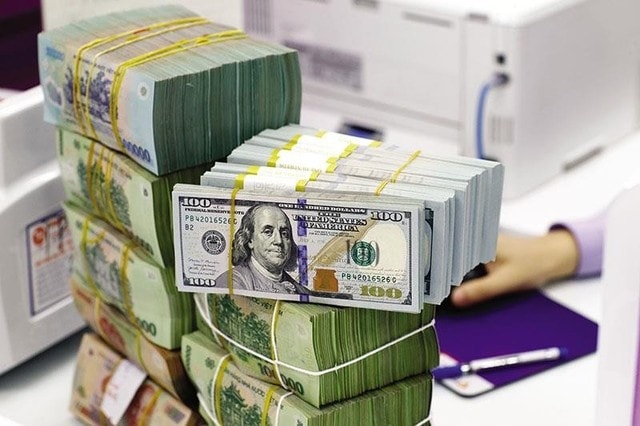
Import-export businesses face many challenges
In economic terms, when the exchange rate increases, exporting businesses are often expected to benefit by earning more domestic currency when converting foreign currency revenue.
However, in the specific context of the Vietnamese economy, where most raw materials, machinery and equipment for production must be imported and paid for in USD, the reality is not exactly like that.
Many export enterprises currently depend on imported raw materials for 60-70% of their input materials. Therefore, when the USD/VND exchange rate increases, input costs also increase, significantly reducing the exchange rate advantage and even eroding profits.
The impact of exchange rate fluctuations will therefore vary depending on the export-import balance of each enterprise. However, most large exporting enterprises currently import a large amount of raw materials, so in general, it is difficult to say that they benefit from a stronger USD.
This reality has been reflected in the financial reports of many businesses in the first quarter of 2025. The depreciation of the domestic currency against many key foreign currencies has increased import costs, negatively affecting profits.
A typical example is the Vietnam Oil Corporation (PV Oil), which suffered double pressure when oil prices fell and was affected by unfavorable exchange rates: exchange rate profit decreased by 90%, while exchange rate loss increased, causing after-tax profit to decrease by 89% even though net revenue still increased by 11% and operating costs were cut.
PetroVietnam Fertilizer and Chemicals Corporation (Phu My Fertilizer) is also concerned about exchange rate risks because input material costs, mainly gas, are determined by the VND/USD exchange rate. Although the US tariff policy has not had an immediate impact, strong exchange rate fluctuations are a significant risk factor in business operations.
Similarly, Airports Corporation of Vietnam (ACV) recorded a net exchange rate loss of nearly VND250 billion in the first quarter, mainly due to the 5.2% appreciation of the Japanese Yen against VND. However, thanks to its core business maintaining positive growth, ACV still achieved a 6.8% increase in after-tax profit, equivalent to VND2,713 billion.
From the perspective of manufacturing enterprises, Mr. Nguyen Quoc Anh, Chairman of the Ho Chi Minh City Rubber and Plastic Association, commented: "Import prices have increased due to exchange rate fluctuations while domestic purchasing power has not really recovered. If pricing strategies and effective cost management are not adjusted in a timely manner, businesses can easily fall into a passive position and face difficulties."
Source: https://baodaknong.vn/ty-gia-bien-dong-manh-doanh-nghiep-oan-minh-chong-do-253670.html




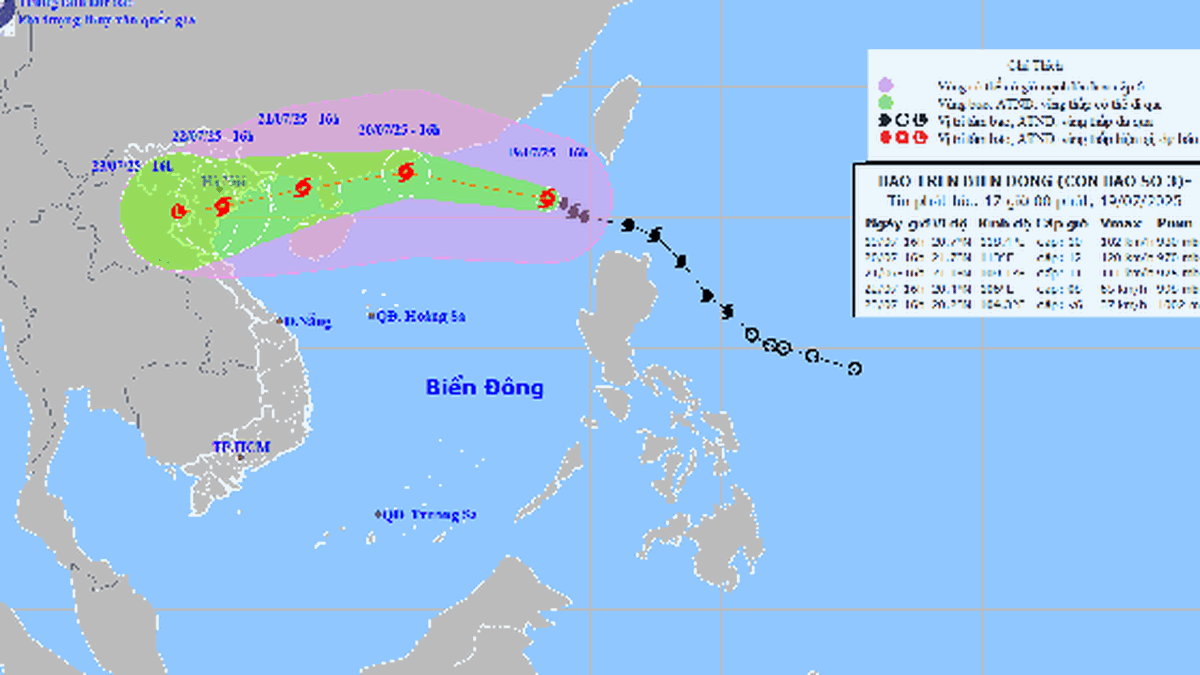


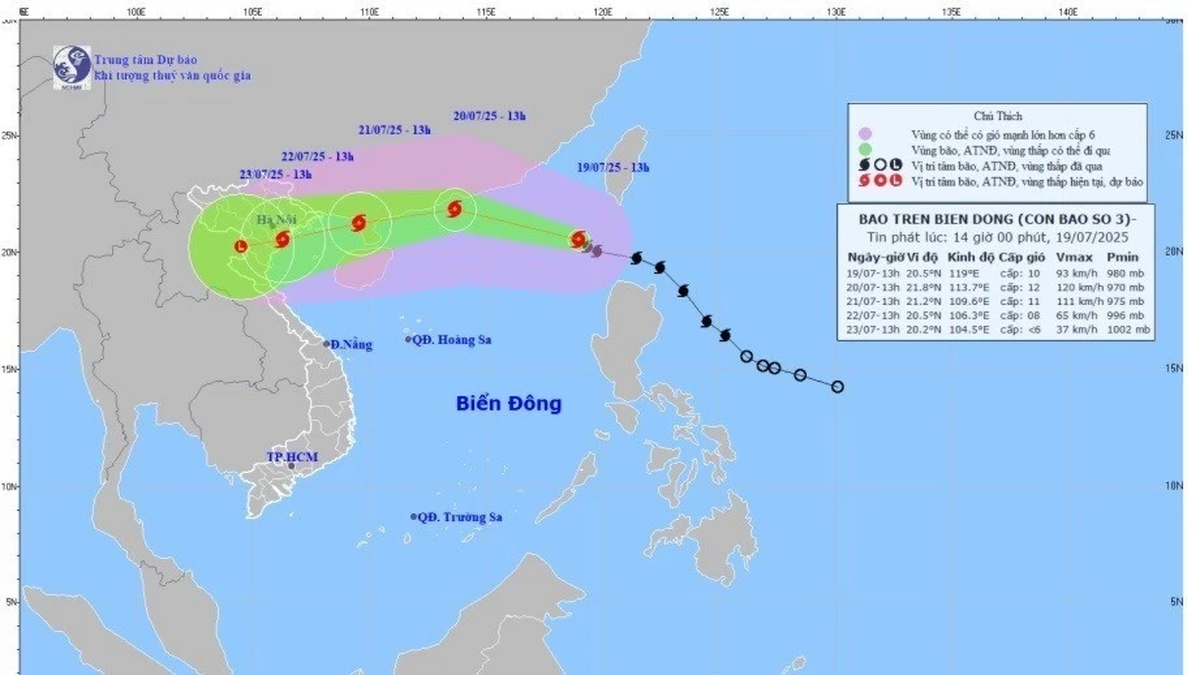
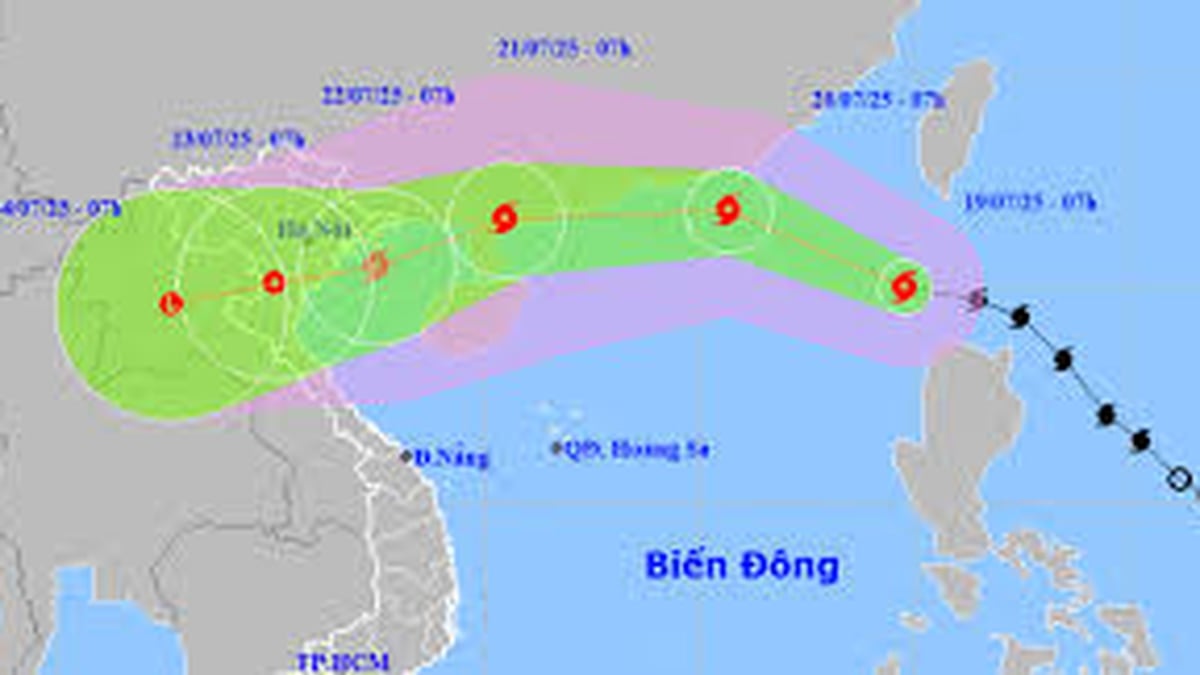





















































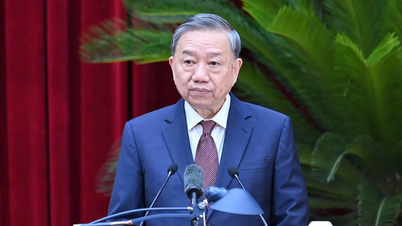
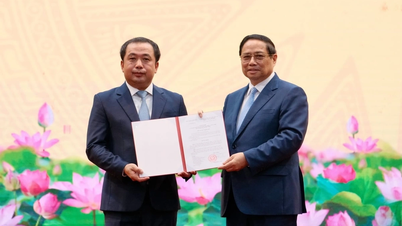
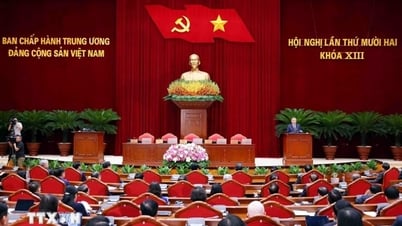


































Comment (0)